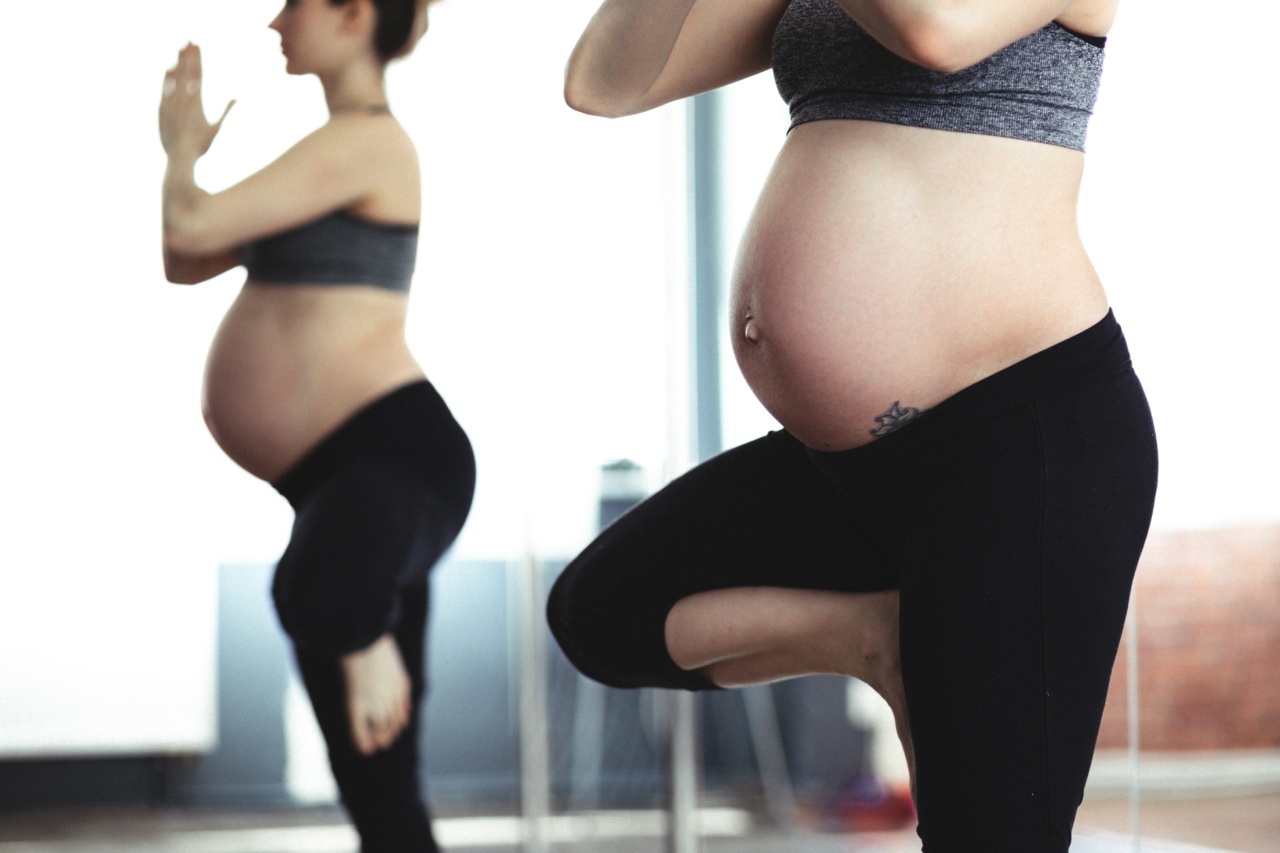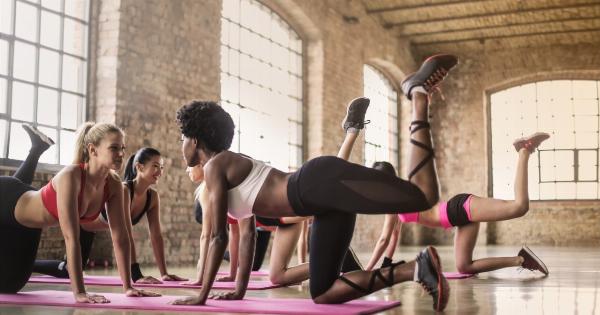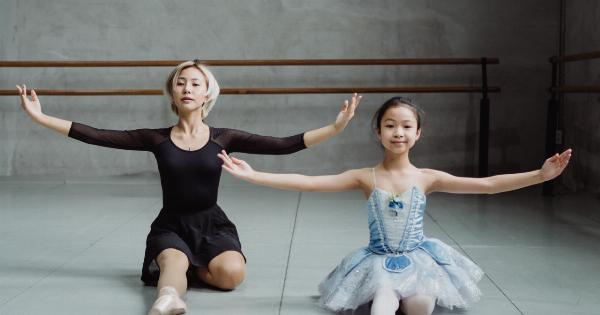Gymnastics is a fun and exhilarating form of exercise that offers a whole-body workout. However, when pregnant, it’s essential to take care and be cautious when performing gymnastics.
It’s important to stay healthy and fit during pregnancy, but safety comes first.
1. Seek medical clearance
It’s vital that you seek medical clearance from your obstetrician or midwife before starting any gymnastic exercise. Based on your health and pregnancy, they will provide advice on what you can and cannot do.
Your pregnancy may be high-risk or complicated, and your medical practitioner may restrict any high-intensity activities, such as gymnastics.
2. Understand your limitations
When pregnant, your body experiences various physical and hormonal changes that affect your flexibility, balance, and strength. Understanding your limitations, including your physical and metabolic ones, is important in preventing injury.
Don’t participate in any exercise that puts excessive strain on your joints, abdominal wall, or uterine wall. To avoid overheating, ensure that the gym is well-ventilated, and stay hydrated throughout the workout.
3. Modify your exercise routine
Pregnancy may cause changes in your body, and you may have to modify your exercise routine. Avoid any exercises that involve high-impact and jumping movements, especially in the early stages of pregnancy.
It’s essential to prioritize your safety, and this may require you to modify various exercises like tumbling and vaulting, focusing on exercises that are low-impact and involve less risk to you and your growing baby.
4. Wear the right gear
Gymnastics require flexibility, strength, and agility, and it’s important to wear the right gear to prevent injuries.
Ensure that you have well-padded and secure grips to protect your hands and wrists, comfortable and non-slippery shoes, fitting attire that provides enough support, and a suitable tight-fitting sports bra that minimizes breast movement and prevents injury to your breast tissue.
5. Avoid overstretching
When pregnant, your ligaments and tendons are more relaxed due to the hormone relaxin, which softens your joints and tissues for delivery.
Although this hormone is useful to aid easy delivery, it makes your joints vulnerable to injury if stretched too far. Overstretching your joints may cause injury to your muscles, joints, tendons, and ligaments, leading to pain and inflammation.
6. Choose a qualified coach
Choose a gymnastics trainer who is experienced and knowledgeable in working with pregnant clients. They should be aware of the safe exercises that accommodate your pregnancy needs and provide personalized coaching programs that prevent injury.
Your coach can modify certain exercises based on your trimester, medical history, and pregnancy symptoms.
7. Warm-up and cool-down exercises
A warm-up routine is essential in gymnastics before starting any exercise. Warm-up exercises increase circulation, flexibility, and mobility in your body before starting any exercise routine.
Cool-down exercises help to reduce muscle tension, preventing any injury to your muscles and joints. Ensure that your warm-up and cool-down exercises are gentle and gradually increase your heart rate returning it to resting rate.
8. Avoid lying on your back
Avoid lying on your back during your second and third trimesters as this position may cause dizziness, shortness of breath, and hypertension.
Lying on your back may also compress the uterine blood vessels, reducing blood and oxygen to your infant, causing fetal distress.
9. Proper breathing techniques
Proper breathing during exercise is essential in preventing hyperventilation, fainting, and muscle fatigue. Breathing techniques enable you to get enough oxygen to your body, and it also helps to maintain a stable heart rate and blood pressure.
Always breathe in when you’re doing an easier movement and breathe out during more challenging movements like a jump or a twist.
10. Listen to your body
Pregnancy is different for every woman, and it’s important to listen to your body to prevent injury. If you experience any pain, dizziness, or discomfort during an exercise, stop exercising immediately and seek medical attention.
It’s crucial to keep track of your heart rate and avoid activities that cause your heart rate to rise too fast.
11. Avoid contact sports
Avoid any gymnastics routine that involves body contact sports that may cause harm to you and your baby. Injuries may include falls, collisions, and other dangerous movements.
Instead, choose a gentle yoga routine or low-impact exercises that pose less injury risks.
12. Hydrate and nourish your body
Staying hydrated throughout your workout helps to regulate your body temperature and aid in digestion, maximizing nutrient absorption.
Drinking water also helps to avoid dehydration and fatigue, and it’s essential to consume enough healthy calories to help you and your baby grow healthily. Avoid diuretics like coffee and carbonated drinks that lead to dehydration and limit your sugar and salt intake.





























